Constellation Clay Sculpture
Learning Goal: I can follow procedures to create a clay sculpture.
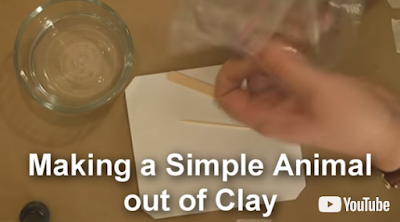
I can create intermediate colors and use them in an artwork
Learning Goal: I can use one-point perspective techniques to create space and distance in an artwork.
One-point perspective uses the element of art SPACE to create an illusion of depth or distance in a 2D artwork.
Oaxaca Wooden Sculptures
Epcot Exhibit
Learn About Oaxaca Wooden Sculptures HERE
I can learn how an artist's life/culture influences their art.
I can follow steps to create a clay sculpture.
Epcot Exhibit
Learn About Oaxaca Wooden Sculptures HERE
I can learn how an artist's life/culture influences their art.
I can follow steps to create a clay sculpture.
I can mix to create intermediate Colors.
Learning Goal:
I can identify symmetrical balance. I can use symmetry in an artwork.
Step 1 Drawing
https://www.generationgenius.com/activities/patterns-of-motion-and-friction-activity-for-kids/
Pendulum Paint
Art from Another Culture
Learning Goal: I can describe the similarities and differences in artworks from cultural examples.
The art of Henna making originated in India.
Henna is made from a plant.
The Leaves are crushed and mixed with water to make a paste.
The paste is placed in a tube and squeezed in order to paint patterns on your skin.
The patterns can last up to 2 weeks!
Henna art is an important tradition that has lasted for thousands of years throughout India and Middle Eastern cultures. Receiving Henna is believed to bring good luck, beauty, and joy. Henna is mostly used for special occasions or celebrations.
Resources:
Design your background:
I can use lines to show movement in an artwork.
Light Painting
FORCE & MOTION
Learning Goal: I can follow directions to create a clay sculpture.
Approved Search Words: Castles
Learning Goal: I can use intermediate colors to create an artwork.
One-Point Perspective
Lines Showing Movement
Learning Goal: I can use lines to show movement in an artwork.
Learning Goal: I can use lines to show movement in an artwork.
Intermediate Colors
Learning Goal: I can mix to create intermediate colors.
Abstract Expressionism
Oaxaca Wooden Sculptures
Epcot Exhibit
Learn About Oaxaca Wooden Sculptures HERE
I can learn how an artist's life/culture influences their art.
I can follow steps to create a clay sculpture.
Radial Symmetry
Radial symmetry is a type of balance in which objects radiate around a central point and have more than one line of symmetry.
Releif Sculpture Benchmark
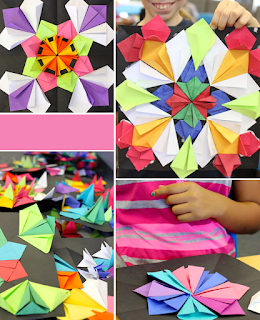
One-point perspective uses the element of art SPACE to create an illusion of depth or distance in a 2D artwork.
One-point perspective uses the element of art SPACE to create an illusion of depth or distance in a 2D artwork.

One-point perspective is just one of MANY techniques that allow artists to imitate MOVEMENT in an artwork.
Lines Showing Movement
How to Draw Shapes in 1-Point Perspective
Mind-Blowing Optical Illusions!
***Choose your favorite optical illusion from the links below.
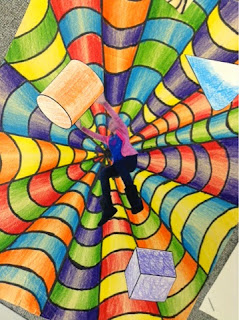
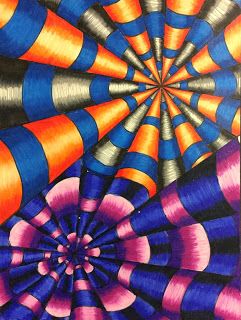
1) Tunnels going into a blackhole...
Ideas
2) 3D Hole Illusion
3) 3D Hallway

________________________________
Intermediate Colors
Learning Goal: I can mix to create intermediate colors.
Glynis C. Tinglof
Portfolio
The desire to explore and discover the world around her has continued, as she has had wonderful opportunities to travel throughout the U.S., Europe, Mexico, Canada, South East Asia, Australia, New Zealand and the South Pacific. “Flying into a new region or city, I love looking out of the airplane window at the earth below and observing how other cultures, inhabit, cultivate and develop the land.”

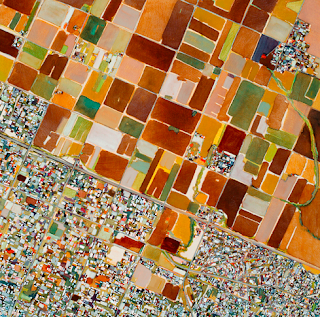
China Rice Farms
Learning Goal: I can mix to create intermediate colors.
Ready... Set.... ACTION PAINT!!!
Abstract Expressionism
Oaxaca Wooden Sculptures
Epcot Exhibit
Learn About Oaxaca Wooden Sculptures HERE
I can learn how an artist's life/culture influences their art.
I can follow steps to create a clay sculpture.
Radial Symmetry
Radial symmetry is a type of balance in which objects radiate around a central point and have more than one line of symmetry.
Releif Sculpture Benchmark
Below are videos for each fold individually. They are the same folds, but the names are different. You may watch whichever video is easier for you to understand.

One-point perspective uses the element of art SPACE to create an illusion of depth or distance in a 2D artwork.

One-point perspective is just one of MANY techniques that allow artists to imitate MOVEMENT in an artwork.
Lines Showing Movement
How to Draw Shapes in 1-Point Perspective
Mind-Blowing Optical Illusions!
***Choose your favorite optical illusion from the links below.


1) Tunnels going into a blackhole...
Ideas
2) 3D Hole Illusion
3) 3D Hallway

________________________________
Intermediate Colors
Learning Goal: I can mix to create intermediate colors.
Step 1: Explore mixing primary and secondary colors to create intermediate colors.
Step 2: Paint a 12x12" paper using knowledge of the 12-color color wheel AND radial symmetry
Step 3: Radial Symmetry Printmaking.
Glynis C. Tinglof
Portfolio
The desire to explore and discover the world around her has continued, as she has had wonderful opportunities to travel throughout the U.S., Europe, Mexico, Canada, South East Asia, Australia, New Zealand and the South Pacific. “Flying into a new region or city, I love looking out of the airplane window at the earth below and observing how other cultures, inhabit, cultivate and develop the land.”


 |
| India |
 |
| St Peters Basilica |
 |
| New York City New York City |
 |
| England |
 |
| Hawaii |
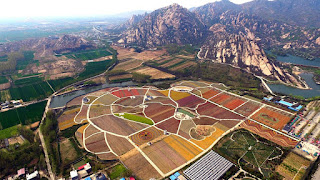 |
| Tulip Fields China |
Adding Color & Texture To Your Aerial Landscapes
WATERCOLOR PAINT
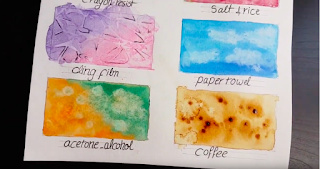
OIL PASTEL
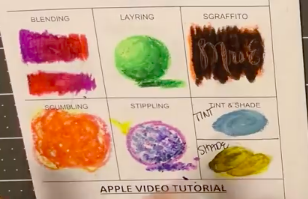
DRAWING TEXTURE 1 DRAW TEXTURE 2


Application of Drawing Textures
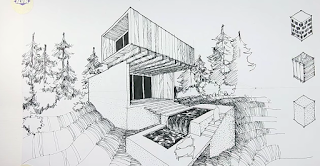
WATERCOLOR PENCIL
Time Travel Machines
Landscape Drawing Beginner
Prehistoric Landscape Realistic
Prehistoric Landscape Cartoon
Famous Landmarks Cartoon
Seascape Drawings
Seascapes Easy
Futuristic Landscape
Futuristic Space
Design Inspiration Links:
Prehistoric Landscape Realistic
Prehistoric Landscape Cartoon
Famous Landmarks Cartoon
Seascape Drawings
Seascapes Easy
Futuristic Landscape
Futuristic Space
Design Inspiration Links:
"Everything you can imagine is real"
Lines Showing Movement
Demo Videos:
Extended Science and Art Learning: (optional)
What is a Castle?
Why are Castles so important?
What do most all Castles have in common?
What are Castles used primarily for today?
5 COMMON FEATURES COMPETITION
 |
| Turret- Used as a lookout |
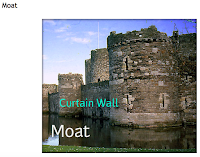
 |
| DRAWBRIDGE |

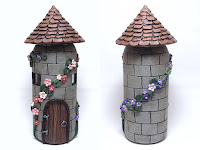
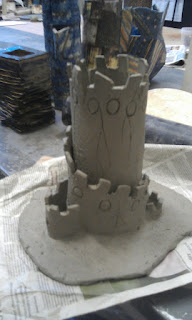
CASTLE INSPIRATION
Use at least 2 of the following architectural resources in your design

CLICK HERE to Posterize your photo!
Click Here to learn more about
Chuck Close Grid Process
 |
| MONOCHROMATIC |
 |
| ANALOGOUS |
 |
| COMPLIMENTARY |
 |
| COOL |
 |
| PRIMARY |
 |
| TRIADIC |
 |
| WARM |
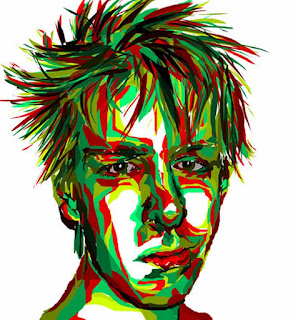
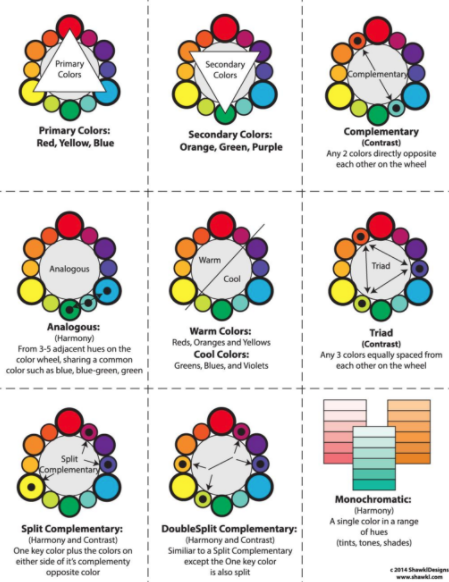
Mandala means circle.
Mandalas are geometric patterns starting from a central dot, working outward in repetitive patterns, often integrating symbols and vibrant color.
Mandalas are found throughout the world. From Tibetan monks who create sand mandalas as a form of devotion, to Navajo sand painting used during complex healing ceremonies, mandalas are present in nearly every culture and religion.
Click here for Mandala Inspiration
Wheel of Life Sand Mandala
2017-2018 School Year
_________________________________________________________________________________
HD SHUTTLE Launch
Design Ideas
Basic Shapes
 |
| Khaju Bridge |
 |
| Millau Viaduct-France |
 |
| Golden Gate Bridge- California |
 |
| Akashi Kaikyo Bridge |
 |
| Tower Bridge- England |
 |
| Chengyang Bridge- China |
 |
| Ponte Vecchio- Italy |
 |
| Brooklyn Bridge |
 |
| Rialto Bridge- Italy |
 |
| Sydney Harbour Bridge- Australia |
Georgia O'Keeffe was born in 1887.
She knew as a child that she would pursue art for the rest of her life.
O'Keeffe graduated from the Art Institute of Chicago.
She later married a famous photographer.
Her work was mostly inspired by the world around her. Many of her paintings had natural subject. Best known for her canvases depicting flowers, skyscrapers, animal skulls and southeastern landscapes.
MOVEMENT: Using art elements to direct a viewer's eye along a path through the artwork, and/or to show movement, action and direction.
In a still picture such as a painting or photograph, where nothing is actually moving, various strategies can be used to give the viewer a sense of movement and speed, or to move the viewer's eye through the work.
Emphasis is defined as an area or object within the artwork that draws attention and becomes a focal point.
Emphasis is defined as an area or object within the artwork that draws attention and becomes a focal point.
Ken Sugimori is the lead Art Director and Designer of the Pokemon franchise. He drew all 150 original Pokemon characters. Sugimori directed a team of 17 people in designing new characters for the games, though he always drew the final designs. He drew much of his inspiration from observing animals in aquariums and zoos.
When he begins a new character, his process normally involves making a rough sketch, then tracing it on to film paper while polishing it and making the illustration more professional looking. After that, he draws the character many times, changing its proportions until he is satisfied.
His style of art making is called Manga, which is a Japanese comic book style.
The difference between Manga and Anime:
Manga=Comic Books
Anime=Animation/Movies/TV
Manga Features Checklist
- Speed lines: Often in action sequences, the background will possess an overlay of neatly ruled lines to portray direction of movements.
- Mouth-Small/Big and Simple
- Nose-Small and Simple
- Head-Large!
- Large Eyes

Typography: the art or process of printing with type.
_________________________________________________________________________________
School Year 2015-2016 Below
 |
| Khaju Bridge- Iran |
CLICK ME TO LEARN MORE ABOUT BLACK HOLES
Mercury
Venus
Mars
Earth
Jupiter
Saturn
Uranus
Pluto
Neptune
Click me to find out about the science of rainbows and what causes the many colors in the sky.














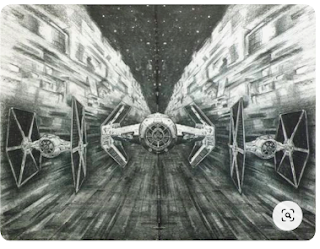























































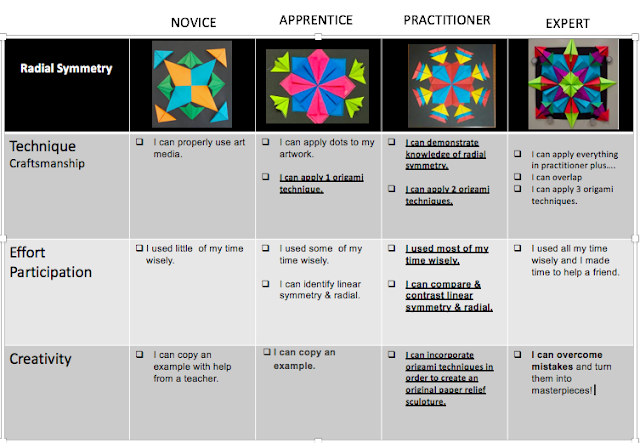
































































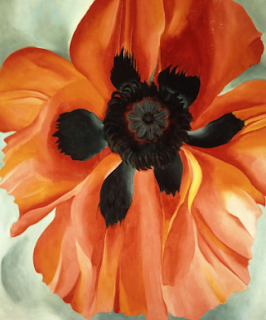













































No comments:
Post a Comment